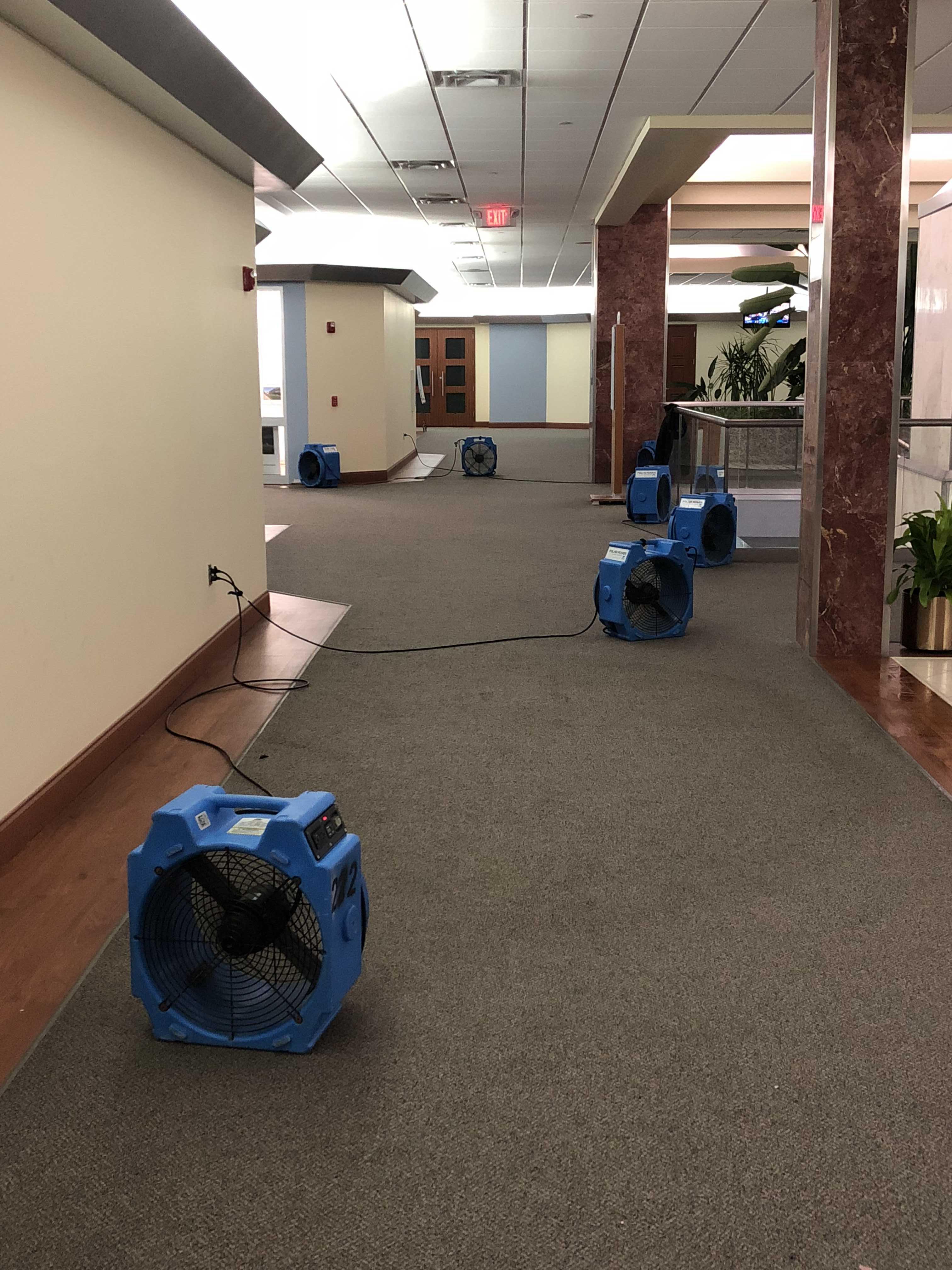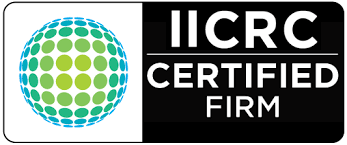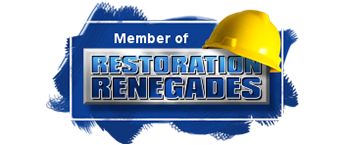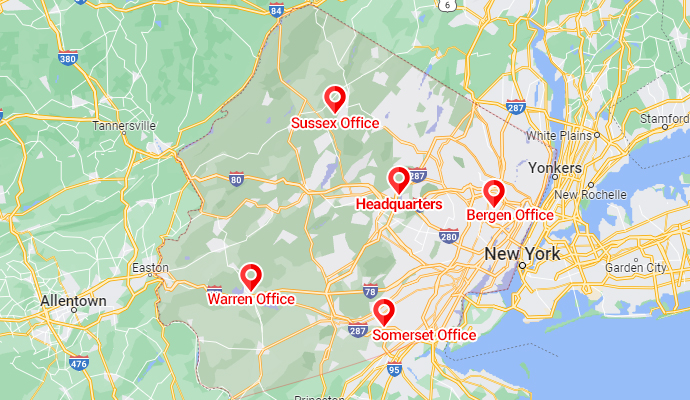Designing a Drying Fan Placement Guide Based on Air Volume from Square Footage
Effective drying is crucial in mitigating water damage and preventing mold growth in your home. Whether dealing with a burst pipe, a leaking toilet, or post-fire water damage, understanding how to design a drying fan placement guide based on air volume and square footage is essential. Incorporating dehumidifier projections further enhances the drying process, ensuring a clean and sanitized environment. This guide will help you optimize fan placement to tackle moisture, humidity, and dampness efficiently.

1. Assess the Affected Area
Begin by measuring the square footage of the area affected by water or moisture. Common hotspots include bathrooms, kitchens with sinks, basements, and areas around toilets. Understanding the size of the space is the first step in determining the appropriate number and placement of drying fans.
2. Calculate Air Volume Requirements
The next step is to calculate the air volume needed to effectively dry the area. Use the formula:
Air Volume (CFM)=Square Footage×Height×Air Changes per Hour (ACH)\text{Air Volume (CFM)} = \text{Square Footage} \times \text{Height} \times \text{Air Changes per Hour (ACH)}Air Volume (CFM)=Square Footage×Height×Air Changes per Hour (ACH)
For example, a 200-square-foot bathroom with an 8-foot ceiling requiring 6 ACH would need:
200×8×6=9600 CFM200 \times 8 \times 6 = 9600 \text{ CFM}200×8×6=9600 CFM
This calculation ensures that the drying fans provide sufficient airflow to remove moisture and reduce humidity levels.
3. Optimal Fan Placement
Strategically placing drying fans maximizes their efficiency. Follow these guidelines:
- Corners and High Points: Position fans in the corners or high points of the room to facilitate air circulation. This helps in dispersing moisture from damp areas like around sinks and toilets.
- Near Moisture Sources: Place fans close to sources of water intrusion, such as leaking sinks or burst pipes. This targeted approach accelerates the drying process in the most affected zones.
- Opposite Walls: For larger spaces, position fans on opposite walls to create a cross-ventilation effect. This setup enhances air movement, ensuring even drying throughout the area.
4. Incorporate Dehumidifiers
While drying fans remove wet air, dehumidifiers extract excess moisture from the environment. Calculate the required dehumidifier capacity based on the room’s square footage and humidity levels. For instance, a bathroom with high humidity may need a dehumidifier rated for 30-50 pints per day.
5. Sample Drying Plan
Imagine a 300-square-foot basement with multiple moisture sources. Here’s a sample drying plan:
- Fan 1: Positioned in the northeast corner near a damp wall.
- Fan 2: Placed in the southwest corner to create cross-ventilation.
- Dehumidifier: Centrally located to evenly extract moisture from all areas.
- Sink and Toilet Areas: Additional small fans directed towards the sink and toilet to target specific damp spots.
6. Monitoring and Adjustment
Regularly monitor moisture and humidity levels using hygrometers. Adjust fan placement and dehumidifier settings as needed to maintain optimal drying conditions. Ensuring the environment remains clean and sanitized prevents mold growth and structural damage.
7. Clean and Sanitize Post-Drying
After achieving the desired dryness, thoroughly clean and sanitize all affected areas. Use disinfectants to eliminate any remaining moisture and prevent bacterial growth. Maintaining a clean environment ensures the longevity and safety of your home.
Conclusion
Designing an effective drying fan placement guide based on air volume and square footage, complemented by appropriate dehumidifier projections, is vital for efficient fire and water damage restoration. By strategically placing fans and dehumidifiers, you can swiftly reduce moisture and humidity levels, ensuring a clean and sanitized home environment. Implement these best practices to safeguard your property against the detrimental effects of wet and damp conditions.
For comprehensive fire and water damage restoration services, including expert fire damage assessment and emergency fire restoration services, consider partnering with professional restoration teams. Their expertise ensures that your home is thoroughly dried, sanitized, and protected against future moisture-related issues.

















